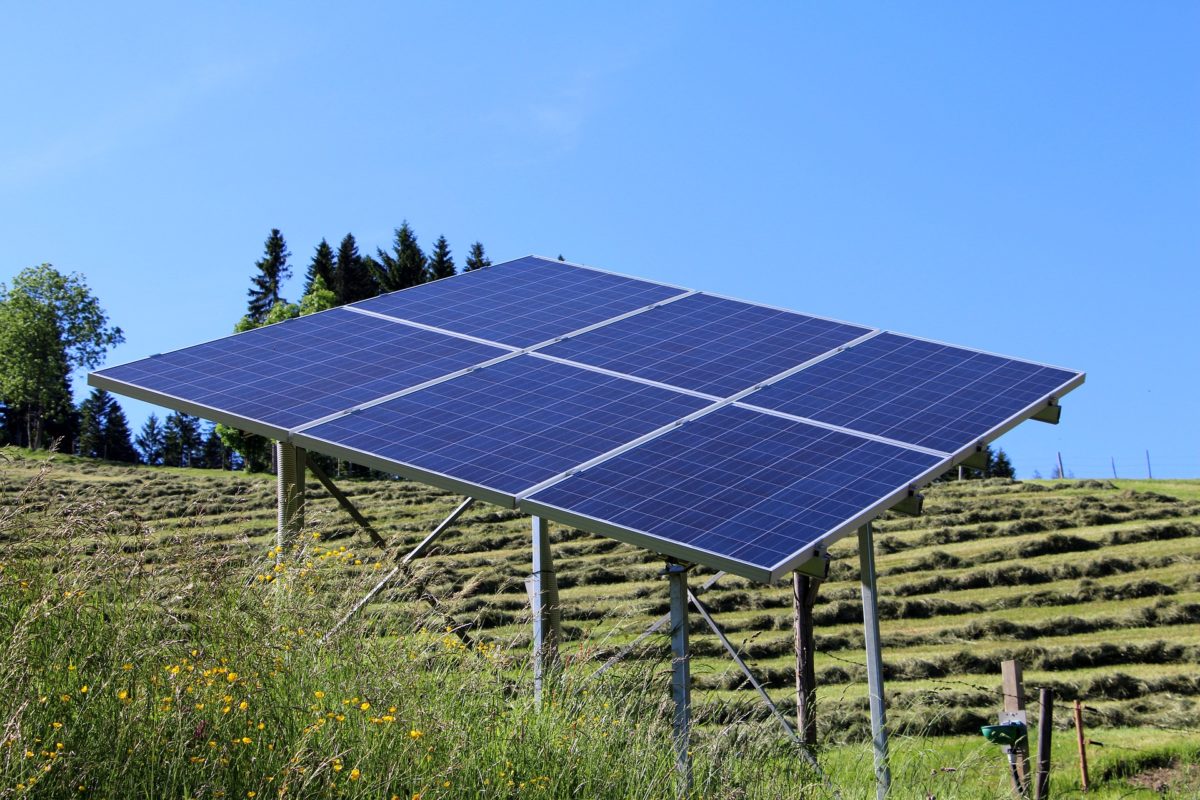A group of scientists from India's Jawaharlal Nehru Technological University Anantapur's Sri Venkateswara College of Engineering and Technology (SVCET) has created a model to find the best combination of renewable energy sources for the deployment of off-grid power projects in rural areas.
They proposed, in particular, the modeling of an off-grid hybrid energy system based on a combination of solar, wind, biomass, biogas and fuel cell, linked to storage, for electrifying a cluster of three village hamlets in the Indian state of Karnataka. Their goal was to find the best technical solution that could also deliver the lowest total system net pre-set cost (TNPC) and the lowest cost of energy (COE).
The hybrid renewable energy system was designed in many different configurations through the HOMER software developed by the U.S. National Renewable Energy Laboratory (NREL). “The simulation analysis chooses the best dynamic planning and a system design which is a function of the electrical demand,” the academics specified. “HOMER also performs the total-cost-of-hybrid-system, and determines the capital cost, replacement cost, O&M cost, fuel cost and so on.”
Moreover, they used a genetic algorithm (GA) developed into Matlab software to assess constraint-based optimization problems. This kind of algorithm is generally used to find solutions to optimization or search problems by means of simulated evolution.
The results of these two methods were compared with four different configurations of size and cost parameters.
The first configuration is formed by a 100 kW PV system, a 57 kW fuel cell, a 60 kW biogas power generator, a 50 kW biomass plant, 50 wind turbines and a battery. Its annual power production is estimated at 328,266 kWh and the availability of excess energy is indicated at around 6.07%. The second solution is the same as the first one but without the battery. Its annual energy generation is 396,121 kWh and the availability of surplus power 4.86%.
The third option has the same configuration as the first one but without the fuel cell. Its expected annual generation is 277,092 kWh and the availability of excess energy is 20.65%. The fourth and final design is based only on PV, biogas, biomass systems and wind turbine generators with the same size and with no battery and fuel cell. Forecast annual power generation 276,755 kWh and the availability of surplus power is 33.53%.
The first configuration was found to be the optimal solution. “On comparing … all the four combinations of hybrid renewable energy system using HOMER and GA, GA-based optimization is more cost-effective than … the HOMER [system] with least COE, $0.163/kWh and 0% unmet load,” the Indian group stated. “Also [the] GA-based system has more PV penetration and less CO2 emissions than … the HOMER [system].”
Sensitivity analysis was performed on this solution for assessing changes in annual wind speed and biomass fuel prices and the results showed the system is particularly sensitive to biomass price fluctuations.
The model is described in the paper Modelling and optimization of an off-grid hybrid renewable energy system for electrification in a rural area, published in Energy Reports.
This content is protected by copyright and may not be reused. If you want to cooperate with us and would like to reuse some of our content, please contact: editors@pv-magazine.com.




I want to go 100% off vrid could you suggest
The best products you have.
I use 13kwh per day.
Let me know if you can help.
Doug barna 808 553 3914
Overbuilt solar+wind and grid connected nuclear for baseload power and biogas and biomass electricity for outages would be most cost effective option. Batteries are an expensive option at present.
Interesting.